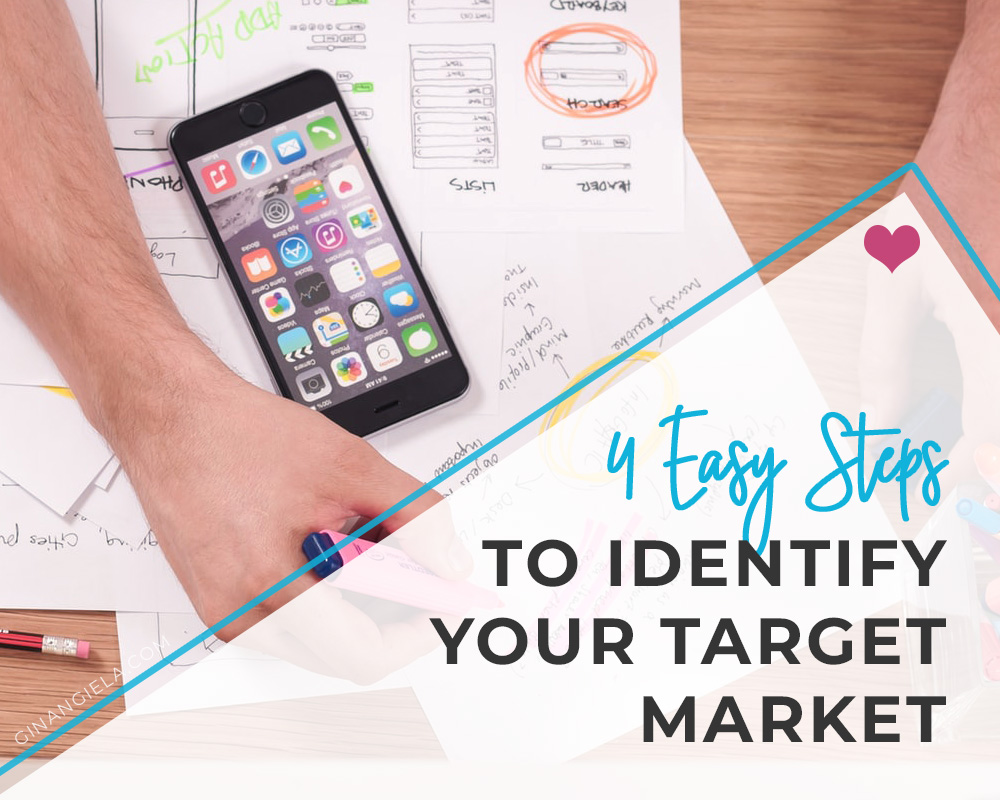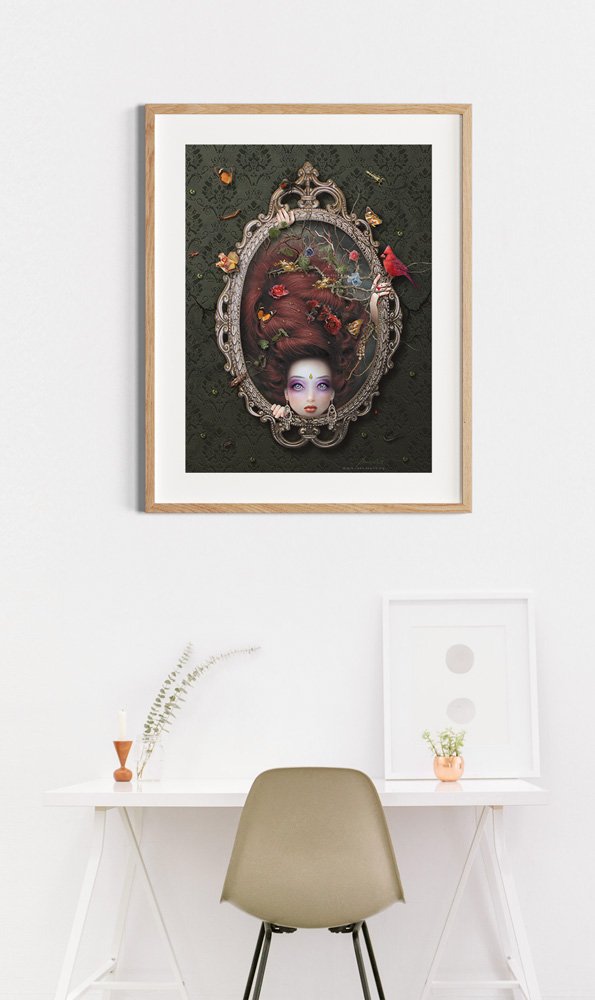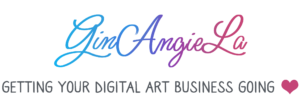What kind of art do you like to create? If your art is all over the place, you will have a hard time selecting a target market.
You don’t need to tie yourself down to the same theme or the same color palette you are going to work with over and over again, if you don’t want to. But usually, it is a good idea to stick to one or two consistent themes.
For example, I for my part am into surrealism. This is a theme that appears almost throughout my entire body of work. Another theme that you can make out in my artwork is nature. Natural elements appear in all of my collections, be it Surreal Stories, Lip Service, or Headshots.
But you can pick whatever theme(s) you like. Maybe you like to paint a particular character. Maybe your theme is abstract art in pastel colors.
Once you’ve figured out what you want to focus on, it will be much easier for you to address a certain niche of art lovers.






The article is really helpful for Artists who are looking to sell their art online. I like the part where you said it is important to keep in mind who your customers will be while creating the art piece. Thank you for sharing!
Hi Michael, thanks for your feedback. Glad the article was helpful!